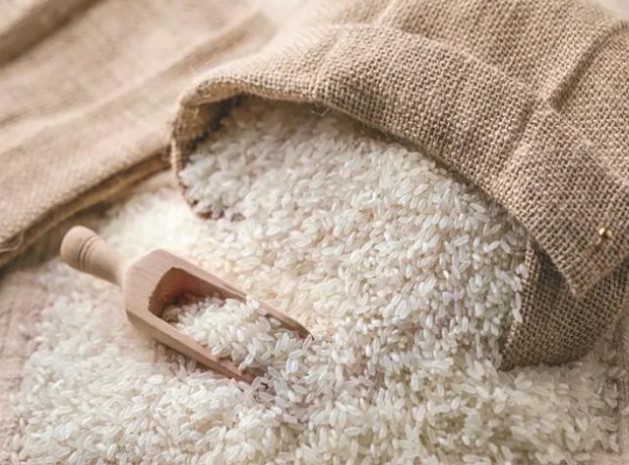Market

Consumers have been put under strain and have had to adjust their daily cooking routines as the price of rice has soared despite the new rice crop's peak output season.
According to retailers, the cost of rice has increased in the retail market over the past month by up to Rs20 per kg, depending on the variety.
"This is the time of year when new rice comes onto the market, so the price has to go down. But the price has been going up a lot almost every week or month," said Amul Kaji Tuladhar, the general secretary at the Nepal Retailer Association.
The price of rice has increased by Rs10–20 per kg in the last month, depending on the quality of rice," he said.
The price of Trishuli-Pokhareli rice has gone up from Rs75 per kg to Rs95 per kg in the past month.
Similarly, the price of Steam Jeera Masino rice has gone up by Rs10 per kg to Rs90, and Steam Sona rice has gone up by Rs5 per kg to Rs65 per kg in a month. A kilo of long-grain basmati costs Rs165.
"There is no reason for the increase in rice prices when new rice comes to the market," Tuladhar said. "Rice suppliers and wholesalers are charging retailers more due to rising import costs."
According to him, the wholesaler and supplier are selling rice under invoice, which shows that there is no reason behind increasing the price of rice.
Due to this, consumers have been compelled to purchase rice at a higher rate, he said, calling for monitoring the wholesalers and suppliers to check the unnatural price hike of rice.
"There has been no new rice arrival in the market to date. This shows that a large amount of rice might be in the stock of the traders, and they will supply it in the market considering the present price rate,” Tuladhar said.
However, there is no shortage of rice in the market.
In the past, the price of rice used to fall by around Rs10-20 per kg during this season due to improved supply.
According to the Ministry of Agriculture and Livestock Development (MoALD), paddy production has increased by 6.94 per cent to 5.486 million tonnes in the fiscal year 2022/23 compared to last year’s production. This paddy will be enough to produce 3.52 million tonnes of rice.
According to this calculation, Nepal has a shortage of about 480,000 tonnes of rice.
In the meantime, paddy and rice worth Rs18.63 billion have been imported during the first six months of the current fiscal year. This is 31 per cent lower than the import of the same period last fiscal year. The country imported rice and paddy worth Rs27.13 billion during the first six months of the last fiscal year.
According to Indian media, local traders attributed this to rice millers building stocks in anticipation of better prices in the world market as floods in Pakistan have damaged the country's rice crop.
Experts in India claim non-basmati rice prices are rising due to a predicted decline in rice production in the autumn crop, the discontinuation of a government-run food security scheme, and duty-free paddy exports to Nepal.
The production of non-basmati rice is expected to drop 6.77 million tonnes to 104.99 million in 2022-23, The Economic Times reported.






